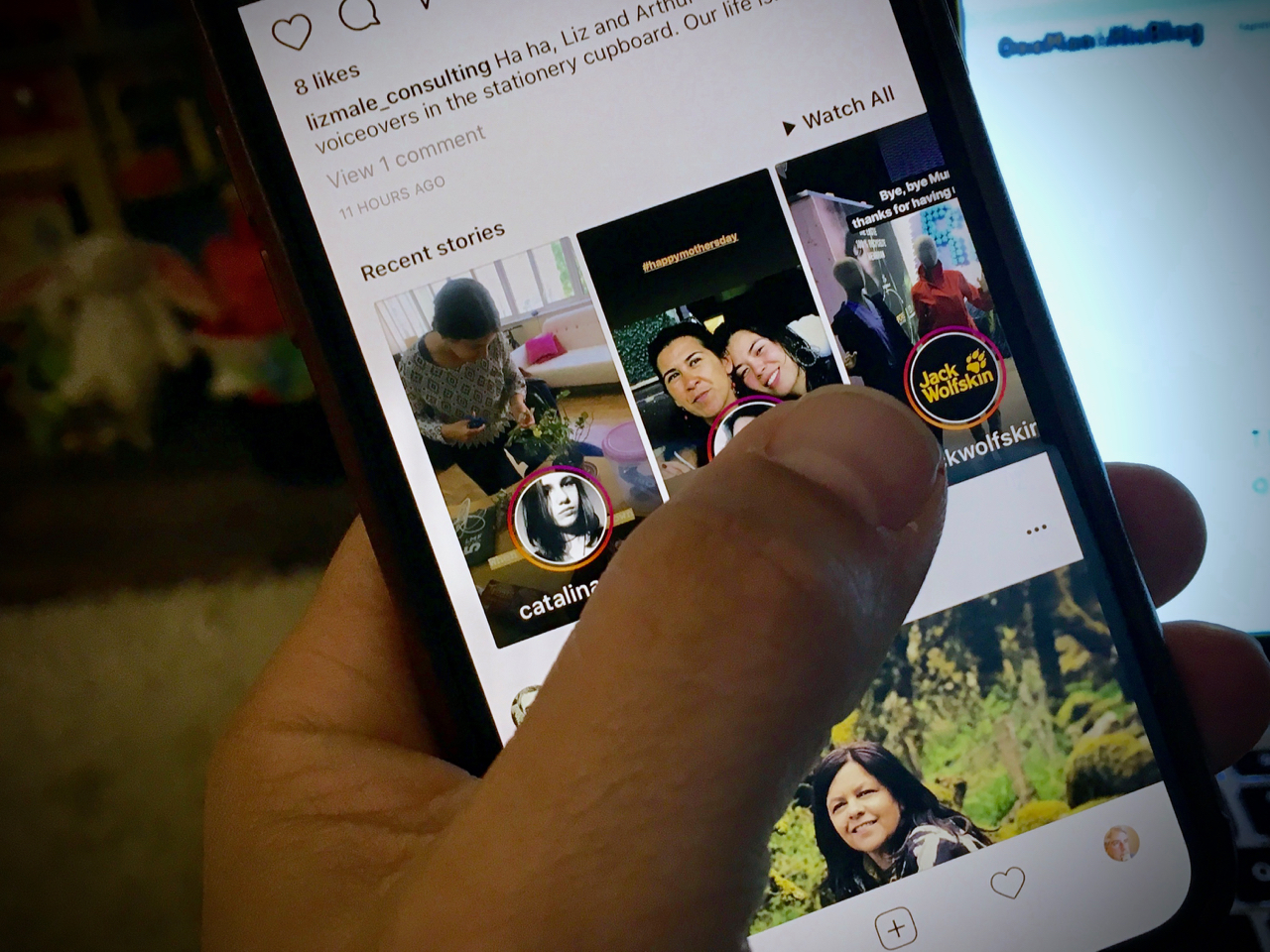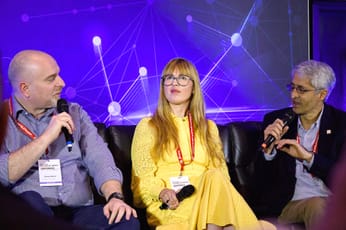
Life through the (smart) rectangle
The rise of the Stories format is forcing us to accept that the smartphone is creating brand new forms of media.
This is possibly the most beautiful encapsulation of how the smartphone is changing our relationship with media that I've come across:
The rectangle now frames experience. Information is rectangle-shaped, retrieved from searches in Google or apps or voice assistants. Personal communication comes in the form of a list of bubbles spilling down a rectangle. The physical world can be accessed by a map scaled to the boundaries of the rectangle, which can also provide way-finding through it. Music, movies, and television appear on these screens, and increasingly there alone. The rectangle is also an imaging device, capable of capturing a view of the world in front of it and the operator behind it.
It's part of Ian Bogost's piece on the "Stories" format for The Atlantic, which digs deep into the technology and cultural context around this growing format in Snapchat, Instagram and Facebook:
The liveness of smartphone-authorship, combined with the ephemerality of the Story format, makes it a catalog of the experience of holding and looking through a rectangle almost all the time.
This makes me think of a famous definition of photography by the prolific 20th-century street photographer Garry Winogrand: “A still photograph is the illusion of a literal description of how a camera ‘saw’ a piece of time and space.” Likewise, a Story is the illusion of what your smartphone saw. Or better, of what the hybrid you-and-your-smartphone saw—as if there was a you without a smartphone, anymore.
Sign up for e-mail updates
Join the newsletter to receive the latest posts in your inbox.










